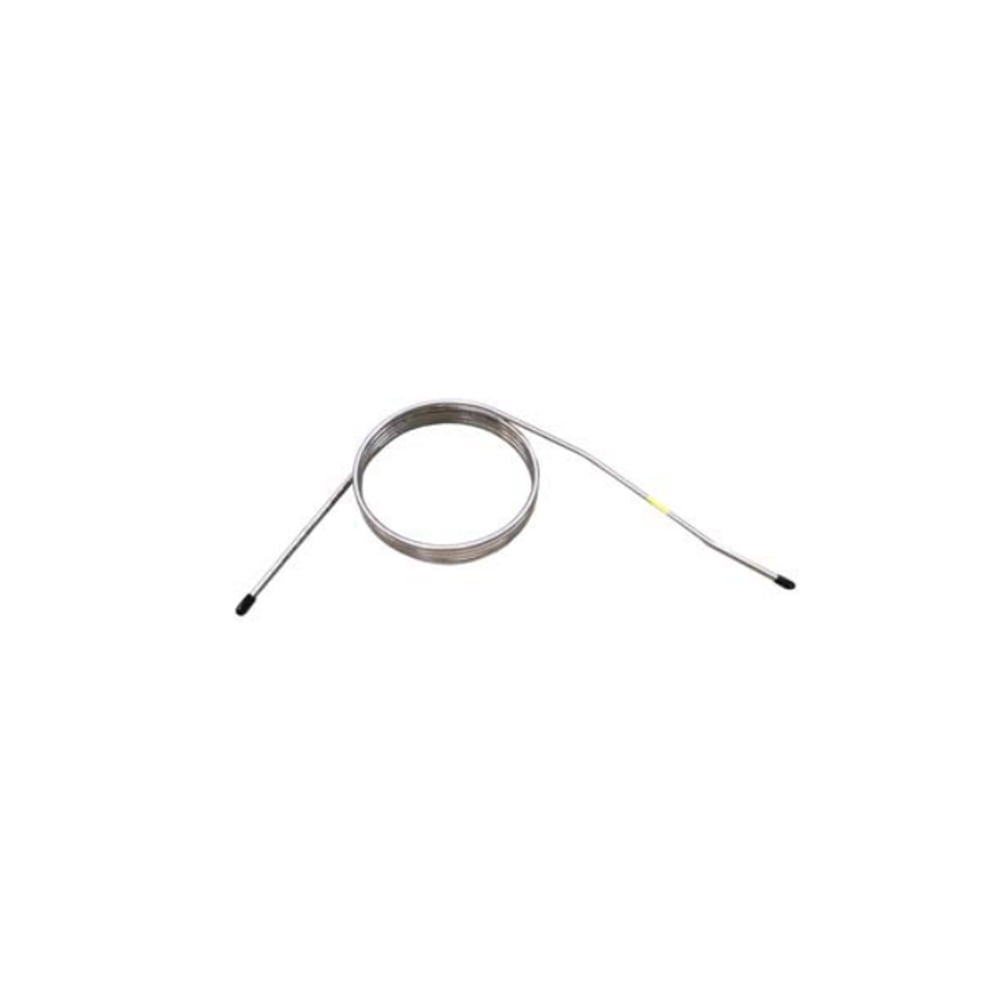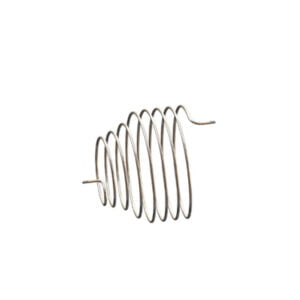Descripción
Robotic waterjet parts
Item number: 300138 Coils Axis 3 ORG II
Detalles: utilizado en los brazos robóticos de ABB, estación de trabajo robotizada de corte por chorro de agua

Relacionado robotic waterjet parts:
Robótico Sistema de corte por chorro de agua: Yaskawa robotic waterjet workstation, Dual Fanuc robotic waterjet workstation, ABB robotic waterjet workstation




FAQ of platform waterjet machine & robot waterjet system:
What materials are not suitable to be cut with water jet cutting machines?
Although water jet cutting is a widely applicable cutting method for a wide range of materials, there are still some materials that are not well suited to be cut with a water jet cutting machine. Below are some examples of materials that are not suitable for water jet cutting:
Steel: Water jet cutting is more effective on steel, but at higher thicknesses, longer cutting times and higher water pressures may be required, so other cutting methods may be preferred in some specific cases.
High Hardness Materials: Water jet cutting may not be the best choice for materials with extremely high hardness, such as carbide, ceramics and tempered glass. The hardness of these materials may result in slower cutting speeds or require higher pressures, reducing cutting efficiency.
Some Fibrous Materials: Certain fibrous materials, such as carbon fiber and fiberglass, may not be well suited for waterjet cutting due to their special structure and properties. These materials may be more sensitive to the hygroscopicity of water and are susceptible to breakage by the water jet.
Some heat sensitive materials: Water jet cutting is a cold cutting process and is an advantage for most heat sensitive materials. However, for some particularly sensitive materials, such as some thermoplastics, water jet cutting may cause melting or deformation of the material.
It is important to note that even if some materials are not suitable for major cutting operations using water jet cutting, it is still possible to benefit from water jet technology in other aspects of the application, such as cleaning, surface preparation and coating removal. When selecting a cutting method, a combination of material properties, cutting requirements and available technologies should be considered to determine the most suitable cutting method.




